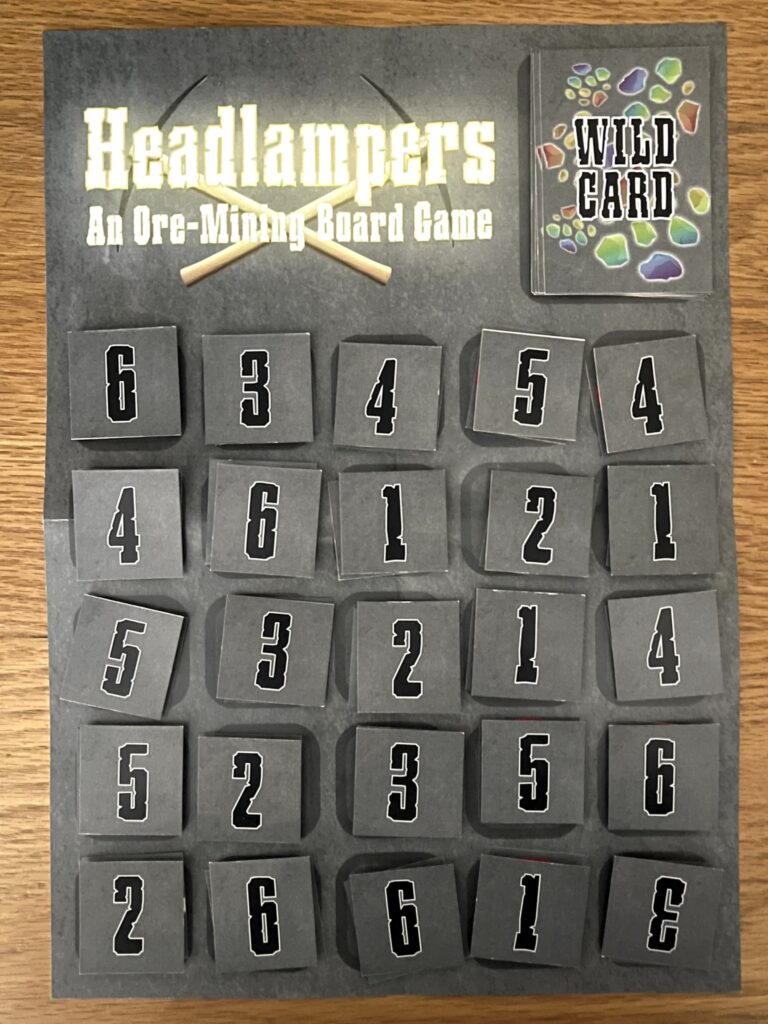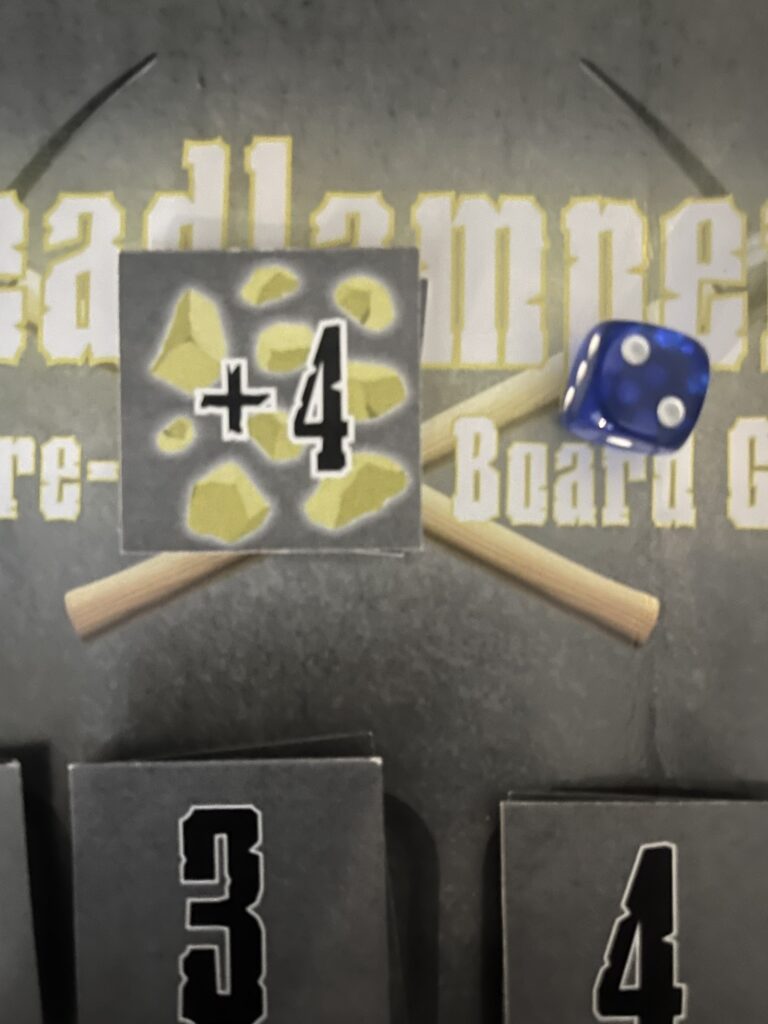Was it fun?
- The game was pretty fun, and I enjoyed the design of the game. I thought it was super pretty, and fit the vibe of the game. It was super engaging while not difficult to understand. It was easy to talk to other players and still focus on the game.
What were the player interactions?
- The player interactions was not being able to be on the same space as another player. Players were going against each other by getting as many points as possible, and having to deal with managing the amount of tokens they had.
How long did it take to learn?
- The game took about 20 or so minutes to learn. At first, it was a little hard to understand and was a lot to digest since there was a lot of card decks and moving pieces. After we starting to get the game, it became more fluid. Players were making better decisions on their turn as we progressed.
What was the most frustrating moment or aspect of what you just played?
- The most frustrating part of Tokinado was not being able to collect tokens or coins as easily. I felt that I didn’t completely understand the coin collection rules, and was giving away my tokens and never gaining any.
What was your favorite moment or aspect of what you just played?
- My favorite moment was being able to move my colored circle piece up on the number spaces. Or having the ability to get to the restaurant stage, and picking out your meal. I really loved the theme of the game as well. I enjoyed how you were backpacking across Japan, and thought the concept was extremely cool.
Was there anything you wanted to do that you couldn’t?
- I really wanted to add my coin collection, and I couldn’t or didn’t know how to. I was trying to figure out the system of the game, but with the limited time we had it was harder to grasp.
If you had a magic wand to wave, and you could change, add, or remove anything
from the experience, what would it be?
- I would change how the coin collection would go. Maybe add a feature of coin collection or easier ways to get more coins.
Is this a game you would play again? Yes _____ No ______ Why
- Yes, I would play this game again. I love the style of the game and the adventure it gives the players. I enjoyed playing the game and I liked the style that the last player or player behind everyone went.
Analyze the game using the 3 act structure.
- the first act is reading the instructions and understanding the objective of the game. Each player is figuring out what their character does and how their turns work. The second act of the game is when the instructions are figured out and the rhythm of the game is found. In this act, players are thinking out their next moves and intentionally placing their pieces on spaces they think will be beneficial. The third act is when points are being rounded up and players are coming to the end of the board. We did not get to this stage since class ended.
What are the collaborative and or competitive aspects of the game?
- The collaborative aspect of the game was picking a meal out of the card deck that another player picked up. The competitive side of was managing your coins and choosing spaces that another player may have wanted or getting their first.
What is the game’s metaphor and which of the game’s mechanics standout?
- The games mechanics is game pieces, the board itself, and card decks. The mechanics helped players figure out where to go and what to do. For instance, whatever you landed on had a certain color which decided what deck to choose from. The games’ metaphor was
Describe the game in 3 sentences or in the form of a haiku.
- Travelers hiking
- Sea to Sky to feel alive
- Japan waits ahead



